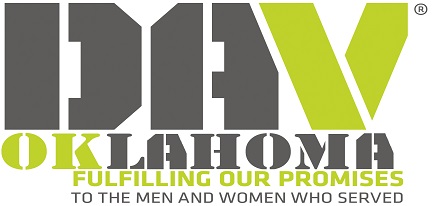Scattered in warehouses throughout the country are the kinds of federal resources that can help make small businesses thrive — laptops and office furniture, construction equipment and farm tools that have been gathering dust, unused and unseen, year after year. Meanwhile, thousands of American service members are returning home from war, taking off their uniform then taking a chance: trying to scrounge up enough resources to start their own small businesses, all too often struggling to stay in the black if and when they get off the ground.
After both branches of Congress overwhelmingly voted for its passage in December, my Veterans Small Business Enhancement Act became law earlier this month, allowing veteran small business owners to acquire those pieces of equipment and personal property that the federal government no longer has any use for, effectively free of charge. A win-win, by anyone’s estimation. · Now that farmer in southern Illinois might not have to stay up at night, worried about how he’ll possibly be able to pay for that generator. · Now that veteran who returned from war and went back to school can get the computers she needs to open the doors to her very own practice. · And now American taxpayers will no longer have to foot the bill to store all those resources that belong in office buildings and cornfields.
And all you have to do to begin laying claim to those unused items and their untapped potential is contact your local state agency.[Source| Sen. Tammy Duckworth]




